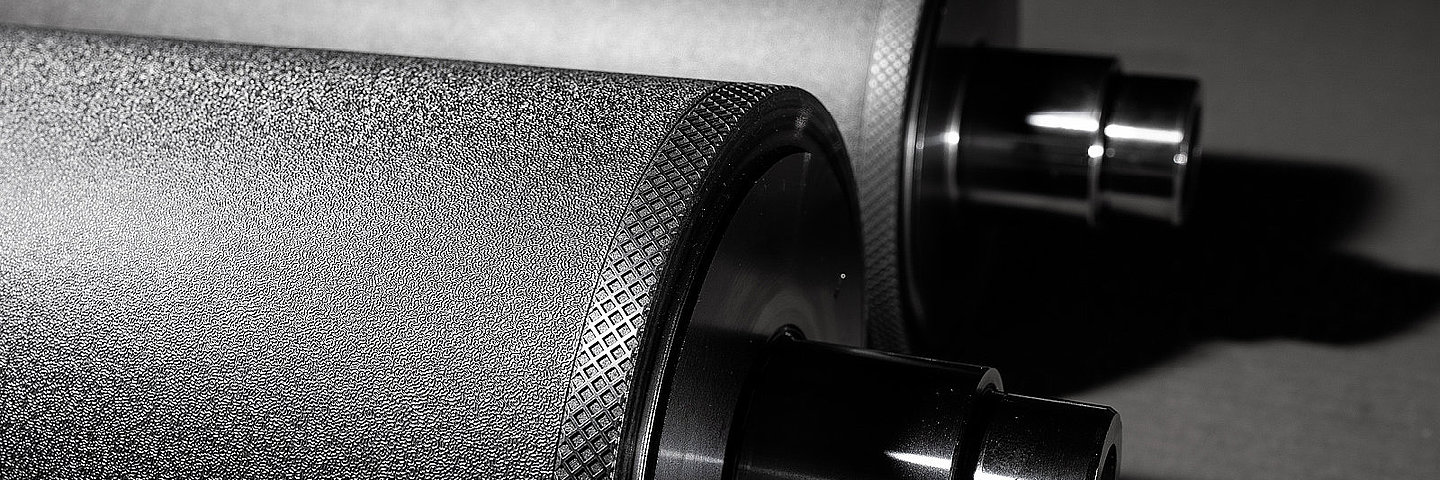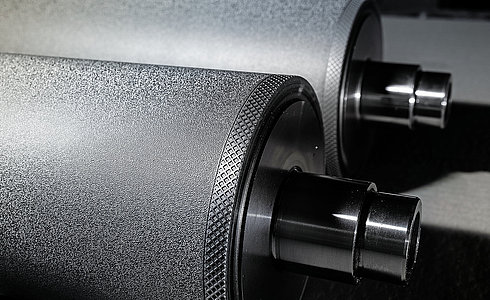Less noticeable, but no less intriguing, embossed structures fulfil essential functions for many packaging types: embossed decorations on kitchen or toilet paper; “little worms” or linen structures on yoghurt pot lids, coffee capsules and the colourful foil used to wrap chocolate Santas and Easter bunnies. These details have distinct functions. Skilfully formed each of these variants is the result of an embossing process that shapes material three-dimensionally – partially or across an entire surface. There are essentially two techniques: high and deep embossing, as well as blind embossing. All of them can be combined, and each embossing tool is custom-made for its specific, individual usage.
Embossing can be used on a wide range of materials: from card and paper to plastics, metal and composite film, as well as on fleece and tissue. There are endless different motifs and structures: the finest of lines and textures, lettering, designs covering large areas even customer-specific design – the potential is huge. The versatility of this technique allows the most attractive refinements to be created while also fulfilling a wide range of functions.
Embossed functional details hold the different layers of tissue together, they make film sturdier, they create grooves, creases and even security features to prevent product forgery. Yoghurt lids, for example, are embossed for different functional reasons: firstly, the three-dimensional forming makes them stronger, allowing several yoghurt pots to be stacked on top of one another in the supermarket fridge. The technique therefore also fulfils sustainability requirements. This is because without the worm-shaped, dotted or linen structures, the pyramids, leather and wood grain and honeycomb, the material would either have to be made thicker or combined with another (composite) material to achieve a comparable load-bearing capacity. In addition, the embossed structure allows the filling machine to separate the individual lids from one another. Without this embossing, the very smooth pieces of metal foil would stick together, making it almost impossible for the machine to apply them.


